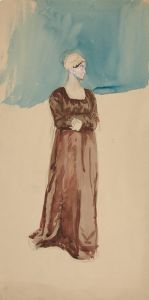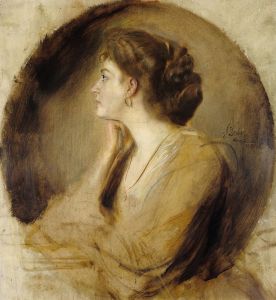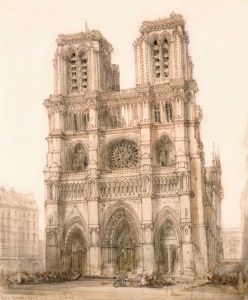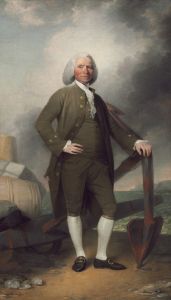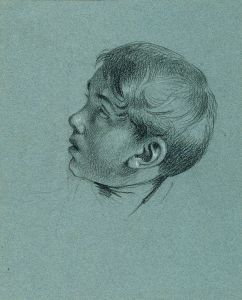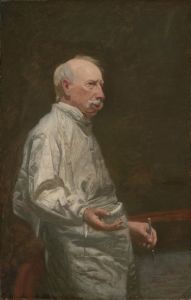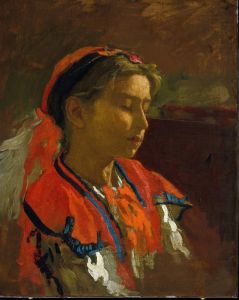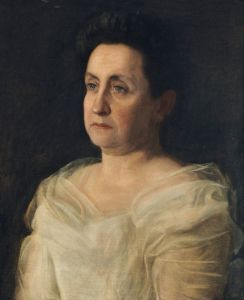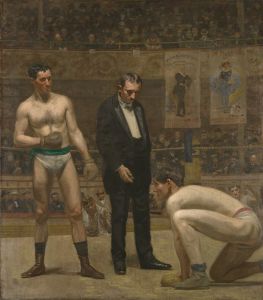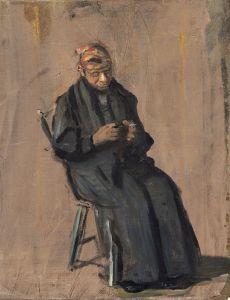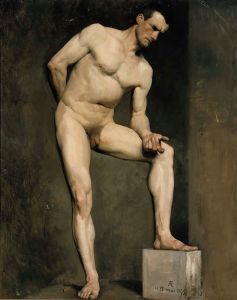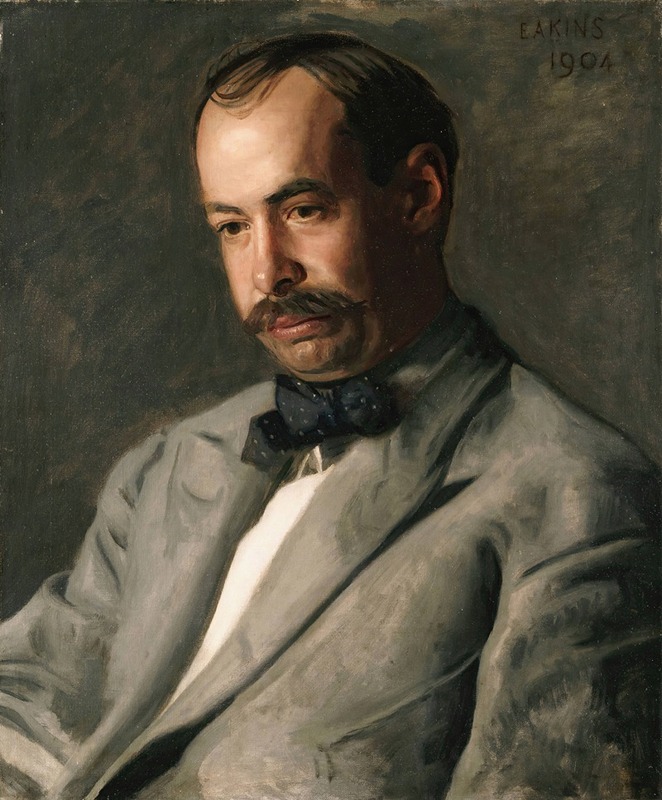
Charles Percival Buck
A hand-painted replica of Thomas Eakins’s masterpiece Charles Percival Buck, meticulously crafted by professional artists to capture the true essence of the original. Each piece is created with museum-quality canvas and rare mineral pigments, carefully painted by experienced artists with delicate brushstrokes and rich, layered colors to perfectly recreate the texture of the original artwork. Unlike machine-printed reproductions, this hand-painted version brings the painting to life, infused with the artist’s emotions and skill in every stroke. Whether for personal collection or home decoration, it instantly elevates the artistic atmosphere of any space.
Thomas Eakins, an influential American realist painter, is renowned for his dedication to depicting the human figure and his contributions to American art in the late 19th and early 20th centuries. Among his numerous portraits, "Charles Percival Buck" stands out as a significant work, though specific details about this particular painting are not extensively documented in art historical literature.
Thomas Eakins was born in Philadelphia in 1844 and spent much of his career there, becoming a pivotal figure in the American art scene. He was known for his meticulous approach to painting, often employing photography as a tool to study human anatomy and movement. Eakins' commitment to realism and his innovative techniques in portraying the human form were central to his artistic philosophy.
The subject of the painting, Charles Percival Buck, was an individual who, like many of Eakins' subjects, was likely connected to his personal or professional life. Eakins often painted friends, family members, and acquaintances, capturing their likenesses with a profound sense of realism and psychological depth. His portraits are celebrated for their ability to convey the character and presence of the sitter, often revealing more than just their physical appearance.
Eakins' portraits typically feature a subdued color palette and a focus on the sitter's expression and posture, elements that contribute to the overall mood and tone of the work. His attention to detail and the careful rendering of textures and light are hallmarks of his style, which can be seen in the way he captures the nuances of skin, fabric, and background elements.
While specific information about the painting "Charles Percival Buck" is limited, it can be inferred that Eakins applied his usual techniques and artistic principles to this work. His portraits often reflect his interest in the inner life of his subjects, and he was known for his ability to capture the essence of a person through his brushwork and composition.
Eakins' legacy as an artist is marked by his influence on American art education and his role in shaping the realist tradition in the United States. He taught at the Pennsylvania Academy of the Fine Arts, where he emphasized the study of anatomy and the importance of working from life, principles that were evident in his own work.
In summary, while detailed information about the painting "Charles Percival Buck" by Thomas Eakins is scarce, it can be appreciated within the broader context of Eakins' oeuvre. His dedication to realism, his innovative use of photography, and his focus on the psychological depth of his subjects are key elements that define his portraits. Eakins remains a significant figure in American art history, celebrated for his contributions to the realist movement and his impact on future generations of artists.





